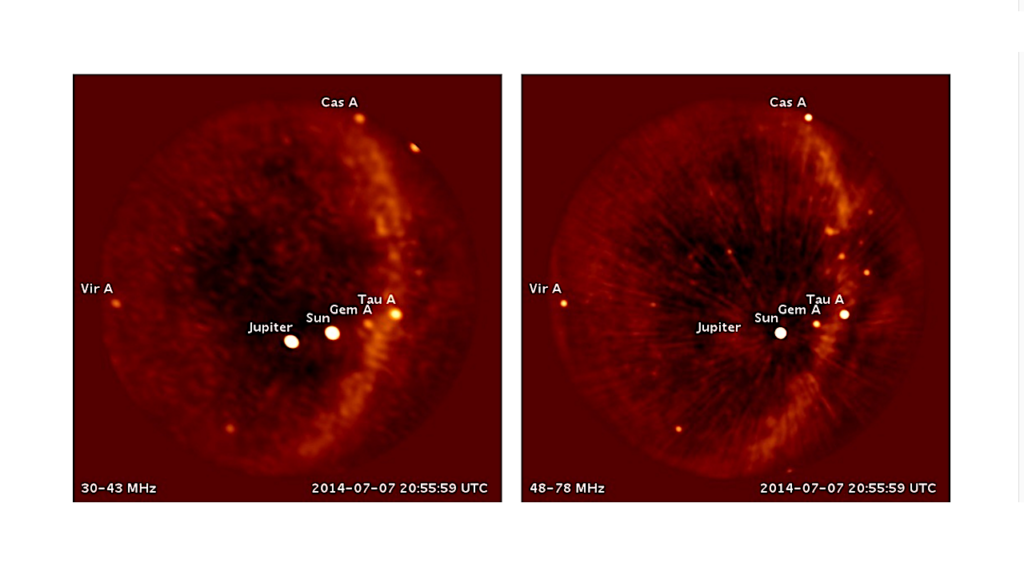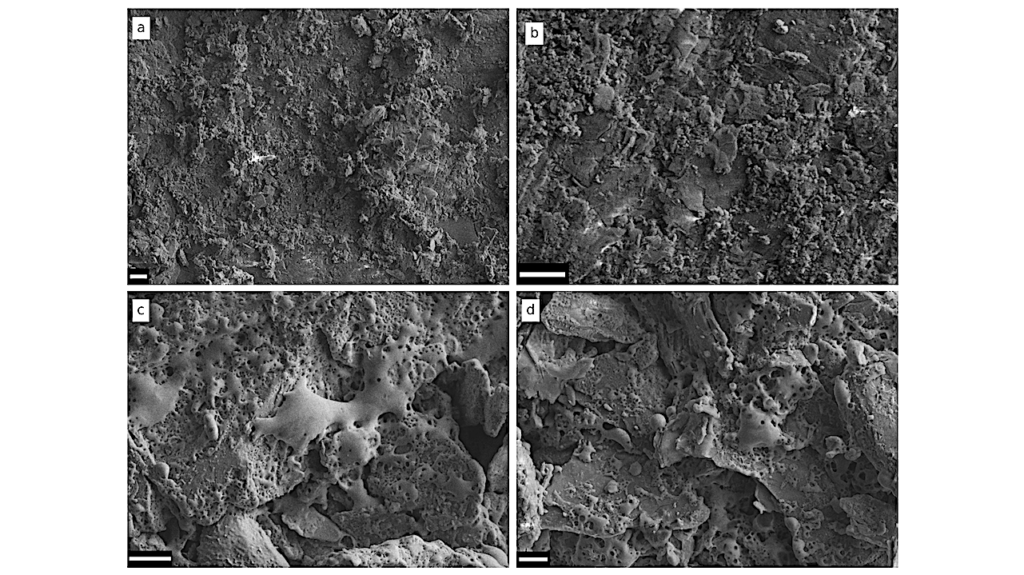Do Oceanic Convection and Clathrate Dissociation Drive Europa's Geysers?

Water vapor geysers on Europa have been inferred from observations made by the Galileo spacecraft, the Hubble Space Telescope, and the Keck Observatory.
Unlike the water-rich geysers observed on Enceladus, Europa’s geysers appear to be an intermittent phenomenon, and the dynamical mechanism permitting water to sporadically erupt through a kilometers-thick ice sheet is not well understood.
Here we outline and explore the hypothesis that the Europan geysers are driven by CO2 gas released by dissociation and depressurization of CO2 clathrate hydrates initially sourced from the subsurface ocean. We show that CO2 hydrates can become buoyant to the upper ice-water interface under plausible oceanic conditions, namely, if the temperature or salinity conditions of a density-stratified two-layer water column evolve to permit the onset of convection that generates a single mixed layer.
To quantitatively describe the eruptions once the CO2 has been released from the hydrate state, we extend a one-dimensional hydrodynamical model that draws from the literature on volcanic magma explosions on Earth. Our results indicate that for a sufficiently high concentration of exsolved CO2, these eruptions develop vertical velocities of ∼700 m s−1.
These high velocities permit the ejecta to reach heights of ∼200 km above the Europan surface, thereby explaining the intermittent presence of water vapor at these high altitudes. Molecules ejected via this process will persist in the Europan atmosphere for a duration of about 10 minutes, limiting the timescale over which geyser activity above the Europan surface may be observable. Our proposed mechanism requires Europa’s ice shell thickness to be d≲ 10 km.
Nicole C. Shibley, Gregory Laughlin
Comments: 10 pages, 5 figures
Subjects: Earth and Planetary Astrophysics (astro-ph.EP)
Journal reference: Planet. Sci. J. 2 221 (2021)
DOI: 10.3847/PSJ/ac2b2c
Cite as: arXiv:2111.15094 [astro-ph.EP] (or arXiv:2111.15094v1 [astro-ph.EP] for this version)
Submission history
From: Nicole Shibley
[v1] Tue, 30 Nov 2021 03:20:15 UTC (639 KB)
https://arxiv.org/abs/2111.15094
Astrobiology








